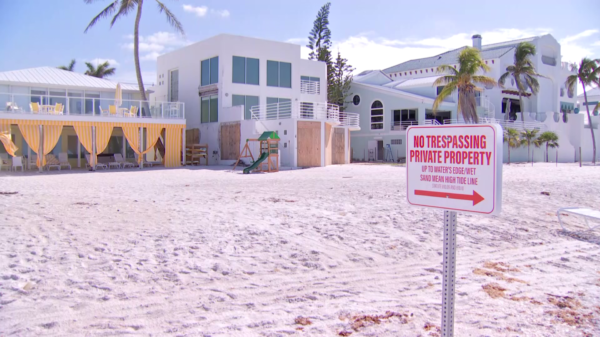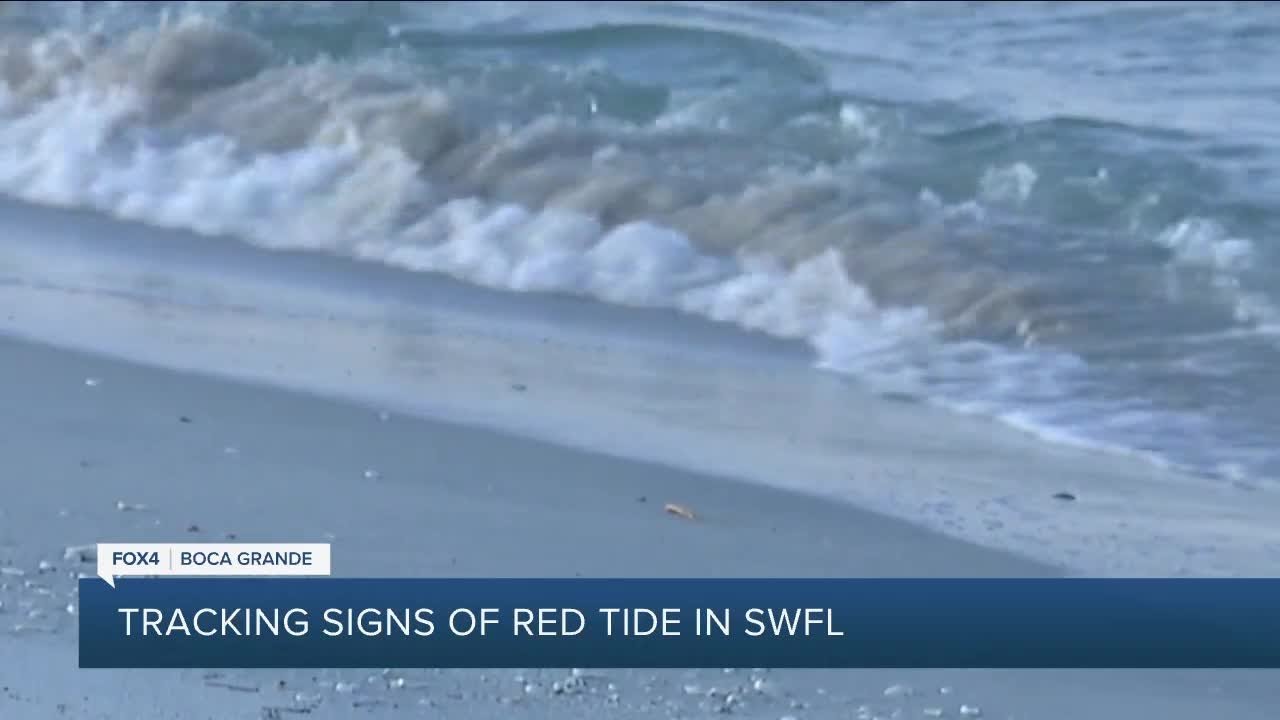Red tide is a harmful algal bloom that can cause respiratory issues and kills wildlife, posing a threat to Florida’s beautiful coastlines. The Southwest Florida area has recently seen an increase in red tide outbreaks, and researchers are working tirelessly to monitor and track it. By studying ocean currents, wind patterns, and other environmental factors, experts hope to predict where and when red tide will strike. This article explores the efforts being made to track the signs of red tide in Southwest Florida.
Introduction
Red tide is a harmful algae bloom (HAB) that occurs naturally in the Gulf of Mexico. It occurs when microscopic algae, called Karenia brevis, grow and reproduce rapidly, resulting in discolored and murky water. Red tide can harm both marine life and humans, making it necessary to track its signs in order to prevent its harmful effects.
What is Red Tide?
Red tide is a natural occurrence that has been documented for more than a century. Karenia brevis, the algae responsible for red tide, is found in the Gulf of Mexico and the Atlantic Ocean. It is a type of dinoflagellate, which is a group of microscopic organisms that rely on photosynthesis to grow and reproduce. When the Karenia brevis population increases rapidly, it can create a bloom that discolors the water.
What are the Signs of Red Tide in SWFL?
One of the most common signs of red tide is the discoloration and murkiness of water. The water can appear brown, red, or green, and may have a foul odor. This can be due to the presence of dead fish and other marine life, as red tide can produce toxins that can harm marine animals.
Another sign of red tide is the presence of dead fish and other marine creatures on the shore. When red tide blooms occur, the algae produce brevetoxins, which can harm or kill marine life. This can result in a large number of dead fish washing up on shore, which is a clear indication that red tide is present.
Additionally, red tide can cause respiratory irritation in humans. When the algae blooms, they release toxins into the air, which can cause coughing, throat irritation, and breathing difficulties.
How is Red Tide Tracked in SWFL?
Red tide is tracked using a variety of methods. One common method is to sample the water and look for the presence of Karenia brevis. This can be done using a variety of tools, including sediment traps, water bottles, and plankton nets.
Another method for tracking red tide is to monitor the weather conditions in the area. Karenia brevis populations thrive in warm, stagnant water, so monitoring the water temperature and movement can give an indication of when red tide may occur.
In addition to these methods, satellite imagery can be used to track the movement of red tide blooms. This can give a broader view of where the blooms are occurring, as well as how they are progressing over time.
Prevention and Control Measures
While red tide is a natural occurrence, there are measures that can be taken to prevent and control its harmful effects. One of the most effective measures is to reduce nutrient pollution in the water. Nutrient pollution can come from a variety of sources, including agricultural runoff and sewage treatment plants. By reducing nutrient pollution, the growth of harmful algae blooms can be minimized.
Another method for preventing the harmful effects of red tide is to maintain a healthy marine ecosystem. This can be achieved through the restoration of seagrass beds and other habitats that are important for marine life. By maintaining a healthy ecosystem, the impacts of red tide can be minimized.
Finally, monitoring the presence of red tide blooms is important for minimizing human exposure to harmful toxins. When red tide is present, posted signs should be put up to warn beachgoers of the potential risks.
Conclusion
Tracking signs of red tide in SWFL is important for protecting both marine life and human health. By monitoring the water, weather conditions, and satellite imagery, scientists can gain a better understanding of when and where red tide blooms occur. Prevention and control measures, such as reducing nutrient pollution and maintaining a healthy ecosystem, can also minimize the harmful effects of red tide. By working together, we can protect our oceans and the creatures that inhabit them.




































